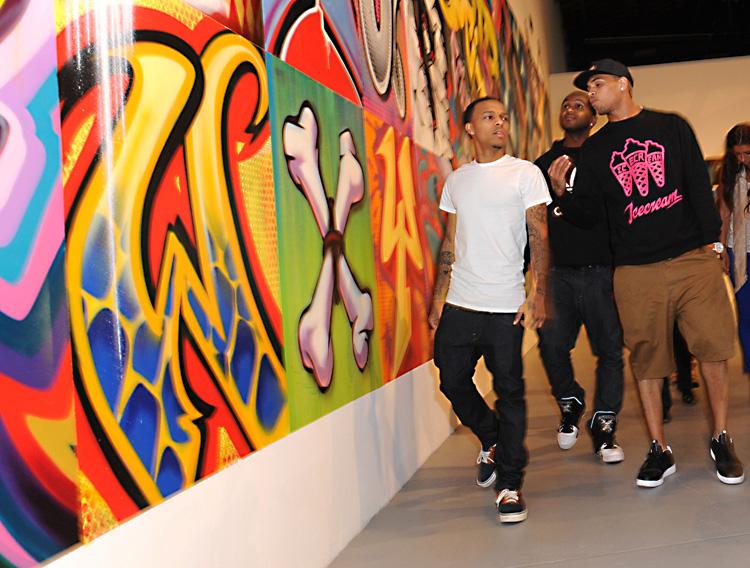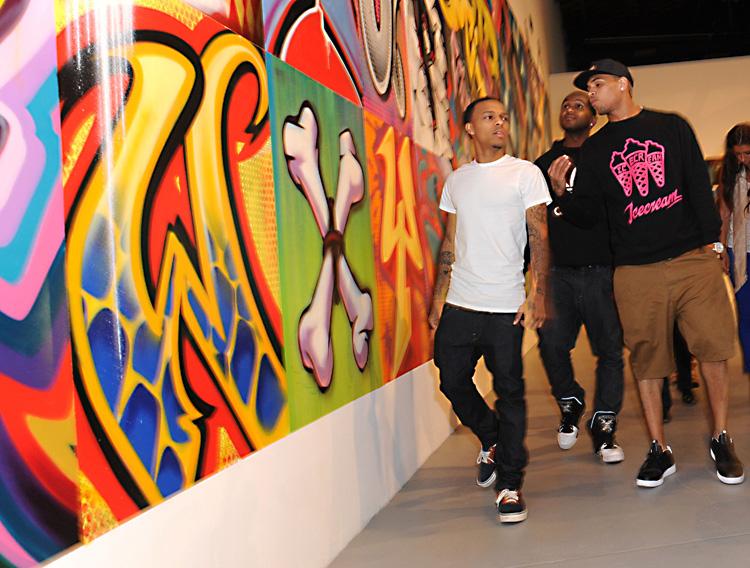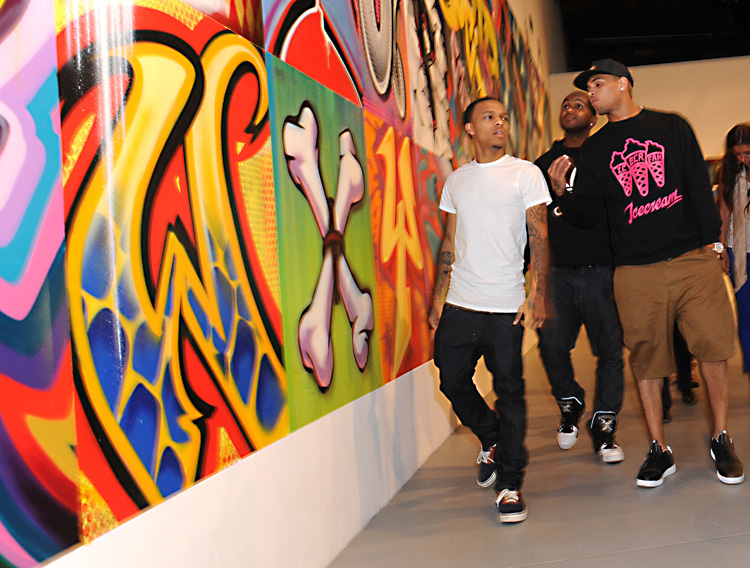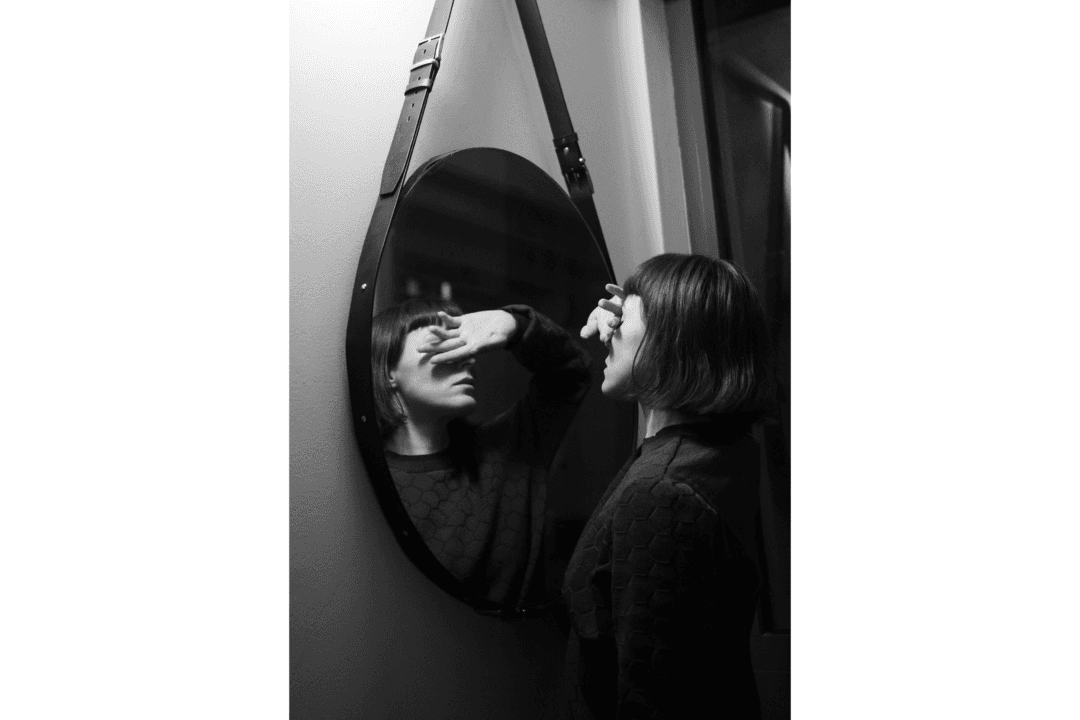It was the first major museum exhibit in the United States to focus solely on graffiti and street art. The exhibit, “Art in the Streets,” was on display at the Museum of Contemporary Art, Los Angeles (MOCA) from April to August of 2011.
The exhibit traced “the development of graffiti and street art from the 1970s to the global movement it has become today, concentrating on key cities where a unique visual language or attitude has evolved,” according to MOCA.
All seemed well, until there was a curious outbreak of graffiti at the same time and in the vicinity of MOCA. The Los Angeles Police Department put two and two together.
“The exhibit kind of glorifies graffiti,” said Los Angeles County Sheriff’s Sgt. Augie Pando, according to the Los Angeles Times.
It wasn’t just locals who were doing the graffiti, also known as tagging.
“Two French nationals believed to be in Los Angeles for the exhibit were detained Friday after authorities caught them with buckets of grout and pieces of tile near the historic Perez building in Little Tokyo,” reads the LA Times report. “Authorities believe that one of those detained was the street artist known as Space Invader, who has left mosaic tiles of the vintage video game in cities around the world.”[video]http://www.youtube.com/watch?v=qPbIs40rxmQ[/video]
The exhibit was supposed to travel to the Brooklyn Museum in March of this year, but the Museum ended up canceling it.
Some said it was too controversial.
“They’re giving the destruction of other people’s property a hallowed place in high-art halls,” read an opinion piece railing against the exhibit in New York Daily News. “They’re inviting school groups to tour this retrospective, even—no kidding—selling cans of spray paint (along with books like ‘Trespass: A History of Uncommissioned Urban Art,’ $39.99) in the gift shop.”
The Gothamist claimed to have a source saying that the exhibit was simply too big to move and lacked funding.
Cultural Value?
On Dec. 31, Rachael Pongetti finished her year-long photography project, documenting the constantly changing graffiti on a train trestle in Florida.
“For me, it was about understanding that everything evolves … We are all faced with change,” said Pongetti, according to Pensacola News Journal.
Pongetti took pictures of the same bridge on every day of 2011. She found that all manner of people, including a retired police officer, would spray paint messages on the bridge. Some were love messages, some were political statements, some were birthday greetings. One message announced: “Osama is Dead.”
Pongetti and many others believe graffiti has cultural value worth embracing.
Jowy Romano, who runs Subway Art Blog, said at first he thought graffiti art was “dumb and immature,” but began to admire it after he studied it more.
“I consider graffiti as a branch of the Pop Art movement. The two share many of the same aspects, especially repetition, and emerged in succession,” said Romano, who thinks it should be legalized.
“It is a human instinct to want to make your mark on the world, to make a declaration that you are here and you are alive,” said Romano.
The Cost of Graffiti
According to the U.S. Department of Justice, “Graffiti contributes to lost revenue associated with reduced ridership on transit systems, reduced retail sales, and declines in property value.”
There are no official nationwide numbers on the cost of graffiti to Americans, although various studies suggest that graffiti cleanup costs each American somewhere around $1–$3 per year—as much as nearly $1 billion a year for the country to dish out.
According to anti-graffiti site Graffiti911.com, the cost of graffiti can be especially damaging to property owners and real estate companies.
As just one example, they cite the executive vice president of Norris, Beggs & Simpson Realtors, a real estate and property management firm in Portland, Ore., who stated, “We spend approximately $80,000 per year on real estate signs. This includes the making of our signs, installation, removal, and sign repair. Of this figure, approximately $8,000 represents the expense caused by graffiti, both in removal of the graffiti and the repurchase of damaged signs caused by graffiti.”
In addition to simply being illegal and unsightly, some cite the real associations that graffiti often has with drugs and gangs.
Just last month, an 18-year-old was tagging on Terra Bella Street in Los Angeles at 2:35 a.m. when an unknown suspect drove by and shot him dead, according to the LA Times.
Despite whatever cultural value people might find in it, disconnecting graffiti from gangs, crime, and violence may not be so easy. Indeed, some exhibits relish the connection.
Similar to “Art in the Streets,” the Pasadena Museum of California Art last year ran a graffiti exhibit that boasted: “Internationally renowned as one of the most fertile grounds for graffiti art, the City of Angels has its own idiosyncratic graffiti styles created from filtering the innovative New York ‘wildstyle’ through local influences such as gang writing styles.”
If he could have survived the gunshot, the 18-year-old on Terra Bella Street presumably would not have been impressed by the Pasadena Museum of California’s “idiosyncratic” exhibit.







